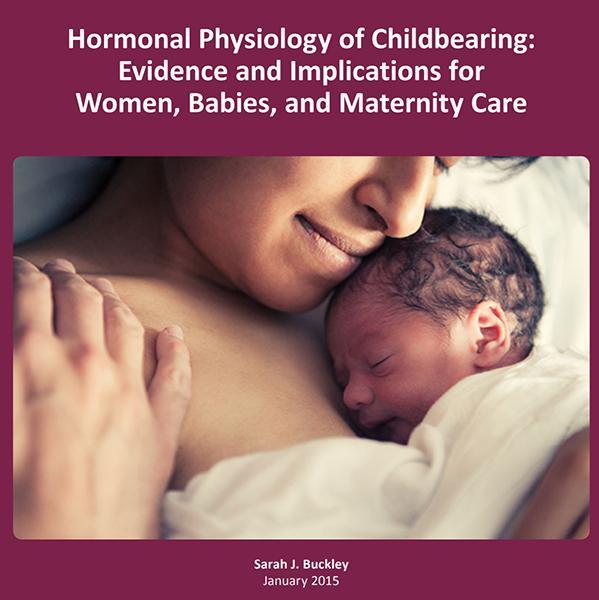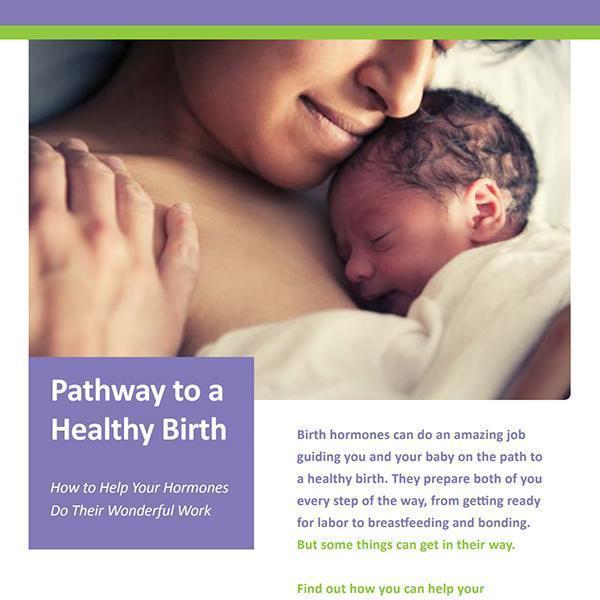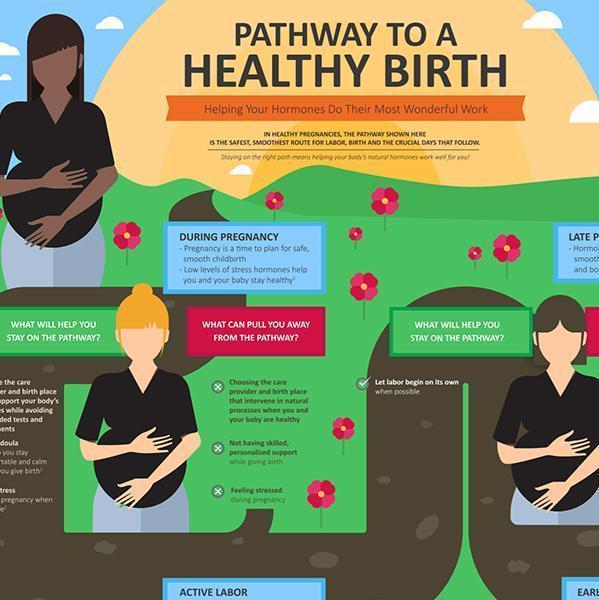By routinely intervening in labor and delivery in ways that interfere with innate biological processes, the country’s maternity care system is missing opportunities to provide better care and use resources more wisely.
That is the conclusion of a major report, Hormonal Physiology of Childbearing: Evidence and Implications for Women, Babies, and Maternity Care. The unprecedented synthesis of scientific research on how hormone systems function from late pregnancy through the early postpartum period concludes that commonly used maternity interventions — such as labor induction, epidural analgesia and cesarean section — can disturb hormonal processes and interfere with the benefits they offer.
Report and Findings
- Full Report
- Abstract & Topline Recommendations
- Executive Summary
- Contents with Full Outline
- Full Recommendations
Fact Sheets
- Delivering High-Quality, High-Value Care to Childbearing Women and Babies: Policymakers Can Make a Difference (for policymakers)
- The Hormonal Cascade of Childbearing (for clinicians)
- Core Hormonal Physiology of Childbearing Principles (for clinicians)
- Physiologic (Spontaneous) Onset of Labor versus Scheduled Birth (for clinicians)
- Low-Stress Birthing Environments (for clinicians)
- Non-Pharmacologic Pain Management versus Epidural Analgesia (for clinicians)
- Physiologic Birth versus Cesarean Section (for clinicians)
- Early Skin-to-Skin Contact Between Mothers and Newborns (for clinicians)
- Bundle of all seven clinician fact sheets




